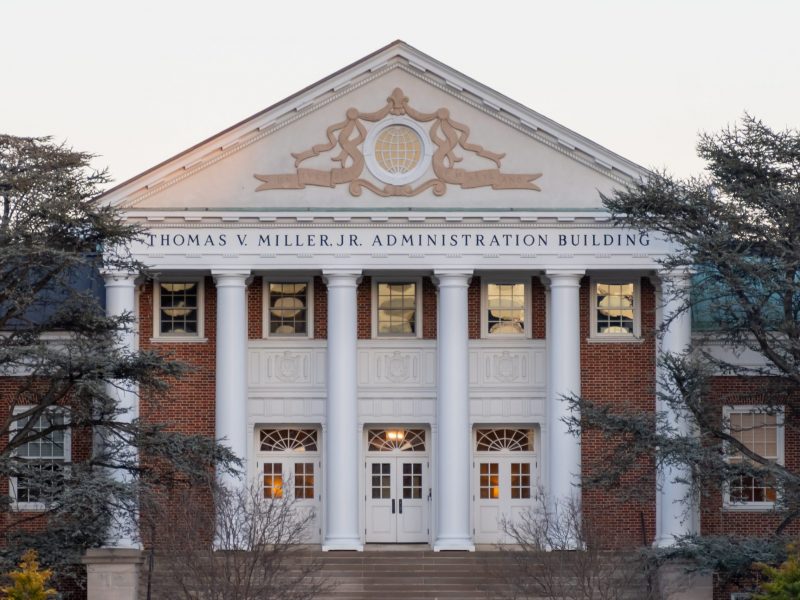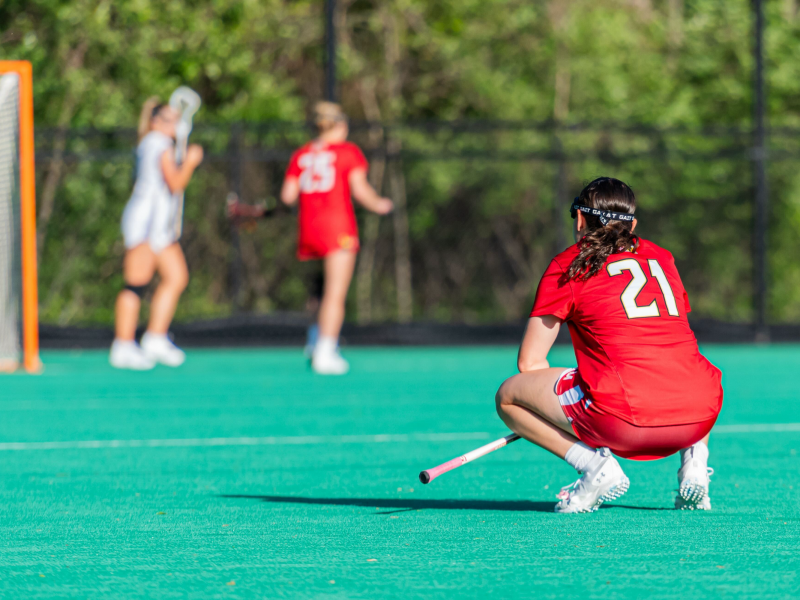
For the 2012 election, students had an online voting system they could use to register but after the data breach, it was taken down. Now, the SGA, pictured above, is trying to get it back.
With the presidential primaries approaching, the SGA is lobbying the University of Maryland administration to bring back an online voter-registration system that was taken down last fall.
The system, which was developed before the 2012 presidential election, allowed in-state and out-of-state students to register to vote using their campus address and student ID number. After the February 2014 data breach — in which more than 300,000 student, staff and faculty Social Security numbers were compromised — the university deemed the system too vulnerable.
Student Government Association President Patrick Ronk and Chief of Staff Jon Levi have been talking with university administrators about the viability of reintroducing the system, but university officials have “no plan to bring it back online,” university spokeswoman Crystal Brown wrote in an email.
“The SGA is going to be lobbying the administration as hard as ever to get the system back up and running,” said Levi, a senior government and politics major. “Creating the system showed that the university was willing to invest and take a leadership role in making it easier for students to participate in the political process.”
During the 2012 election, a record 4,000 students were registered to vote on the campus, and 2,327 used the online system, said John Zacker, assistant vice president of student affairs.
While Zacker deemed the system a success — 2,500 students had registered to vote in the 2008 election — he said he recognizes the logistical difficulties this university would face in reintroducing the system.
“Any time we can use technology to increase civic responsibly is important,” said Zacker, adding that Maryland has an online registration system for residents. “States across the country haven’t reached that point of technology to increase our civic responsibility.”
The SGA also plans to explore other methods to increase voter participation.
One of the alternatives recommended by the administration is TurboVote, a website that helps people register to vote and keep track of upcoming elections.
Six Big Ten institutions use the TurboVote site, which Brown said is a more than adequate replacement.
“We certainly support voter registration on this campus,” she said. “But we want to do it safely and we want to do it in a way that is consistent with what other universities are doing.”
Regardless of whether the university’s system returns, Levi said, he wants to encourage students to be politically active.
“Looking at this upcoming election, a big part of the conversation is education and college affordability,” he said. “Making it easier for students to register to vote and have a stake in the election is important.”


